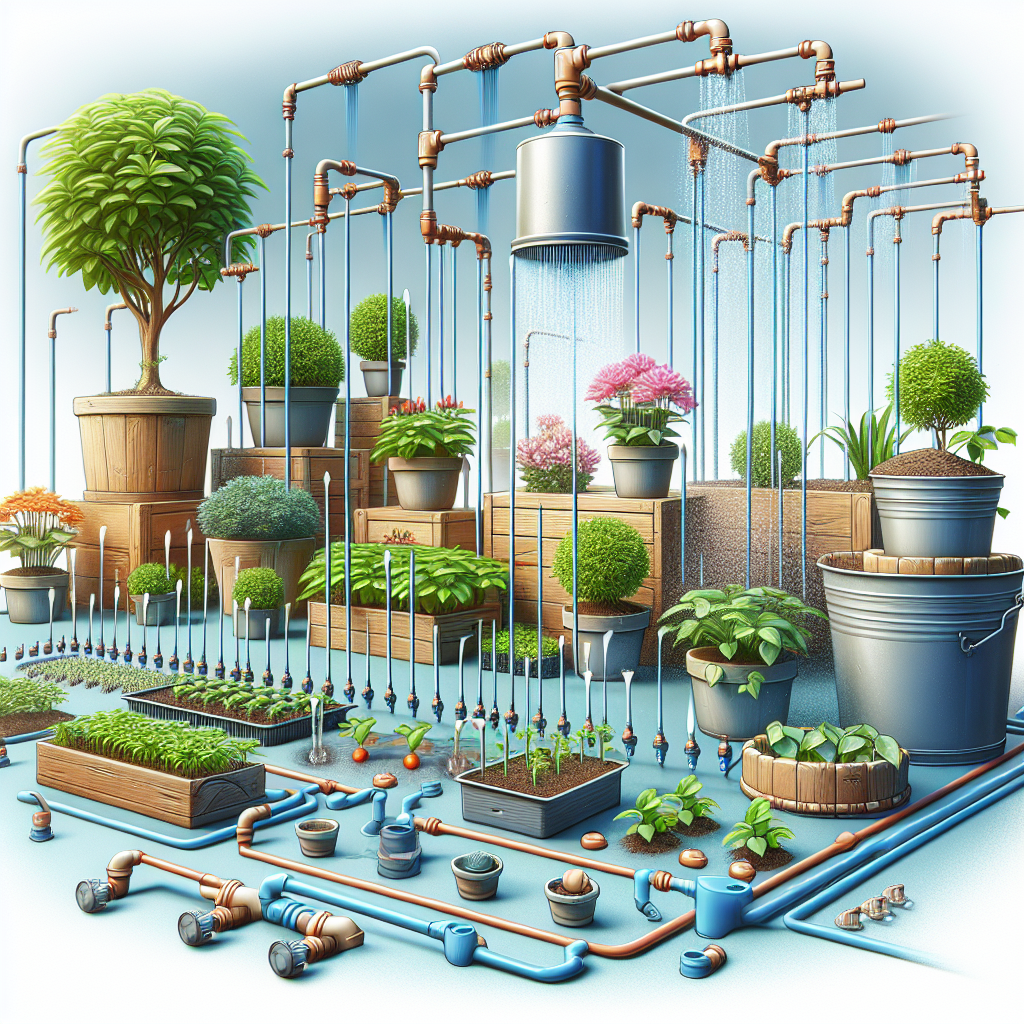Container gardening is a popular way to bring vibrant greenery and colorful blooms to any space, but ensuring optimal growth for your plants can sometimes be a challenge. One key factor in achieving successful growth for container plants is proper irrigation. While watering by hand can be time-consuming and inconsistent, slow drip irrigation offers a more efficient and effective solution. By providing a slow, steady supply of water directly to the roots of your plants, slow drip irrigation can help promote healthy growth and vibrant blooms.
In this comprehensive guide, we will explore the secrets of slow drip irrigation for container plants. From understanding the benefits of this watering method to learning how to set up your own system at home, we will provide you with all the information you need to help your container garden thrive. Whether you’re a seasoned gardener looking to take your skills to the next level or a beginner eager to learn new techniques, this guide is sure to inspire and inform. So grab your watering can and let’s dive into the world of slow drip irrigation for container plants!
**Benefits of Slow Drip Irrigation**
One of the primary benefits of using slow drip irrigation for container plants is its efficiency in delivering water directly to the roots where it’s needed most. Unlike traditional watering methods that can result in water loss due to evaporation or runoff, slow drip systems ensure that moisture is delivered precisely where it’s needed without waste. This targeted approach helps promote healthy root development and reduces the risk of overwatering, which can lead to root rot and other issues.
Another advantage of slow drip irrigation is its ability to provide a consistent water supply over an extended period of time. By slowly releasing water into the soil at a controlled rate, these systems help maintain optimal moisture levels for your plants without causing stress or fluctuations. This steady supply of water encourages deep root growth and helps plants withstand periods of drought or heat stress more effectively.
**Setting Up a Slow Drip Irrigation System**
Setting up a slow drip irrigation system for your container plants is easier than you might think. Here are some simple steps to get you started:
1. Choose the Right System: There are several types of slow drip irrigation systems available on the market, including soaker hoses, drip lines, and individual emitters. Consider the size and layout of your container garden when selecting a system that will work best for your needs.
2. Position Your Emitters: Place emitters or soaker hoses at regular intervals throughout your containers, ensuring that each plant receives adequate water coverage. Be mindful of plant spacing and adjust emitter placement as needed.
3. Connect Your System: Connect your chosen system to a water source using a hose or tubing designed for irrigation purposes. Make sure all connections are secure and free from leaks before turning on the water.
4.Adjust Water Flow: Once your system is set up, adjust the flow rate as needed to ensure that each plant receives enough water without becoming saturated.
5.Monitor Your Plants: Regularly check on your plants to ensure they are receiving adequate moisture from your slow drip system. Adjust watering schedules as necessary based on weather conditions and plant growth.
By following these simple steps, you can create an effective slow drip irrigation system that will help promote optimal growth for your container plants.
**Frequently Asked Questions (FAQ)**
Q: How often should I water my container plants with a slow drip system?
A: The frequency of watering will depend on factors such as plant type, weather conditions, and soil moisture levels. Generally speaking, most container plants benefit from consistent watering every 1-2 days during the growing season.
Q: Can I use fertilizer with my slow drip irrigation system?
A: Yes! Fertilizing container plants is important for providing essential nutrients they may not receive from soil alone. You can incorporate liquid fertilizers into your watering routine by adding them directly to your irrigation system according to package instructions.
Q: What should I do if my plants show signs of overwatering or underwatering?
A: If you notice symptoms such as yellowing leaves or wilting, adjust your watering schedule accordingly. Overwatered plants may benefit from reduced watering intervals or improved drainage, while underwatered plants may need more frequent watering sessions.
Overall we explored how Slow Drip Irrigation Secrets play an essential role in achieving optimal growth with Container Plants.














